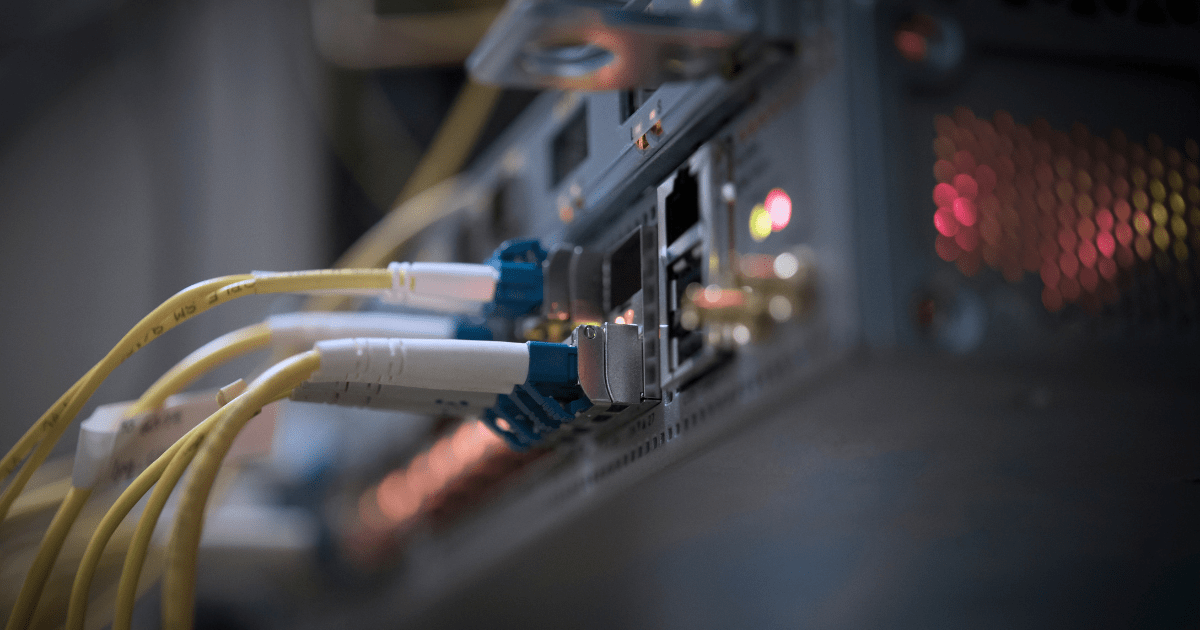Building a Fiber Infrastructure: What You Should be Aware of as a Telco Operator

The building of a fiber infrastructure is paramount for telcos since it provides the foundation for high-speed Internet and advanced communication services which are essential to our ever more connected world.
Telco operators must understand the fiber infrastructure building and maintenance process to ensure efficient resource allocation, proper network design and a seamless customer experience. Understanding the entire process allows operators to make informed choices, anticipate challenges and adapt to changing industry trends and customer demands. Mastering the process will ultimately lead to a competitive edge in the telecommunications industry.
Understanding the Basics of Fiber Infrastructure
Fiber infrastructure is the deployment, maintenance, and management of a fiber optic network. Telco operators invest in fiber infrastructure deployment and maintenance to meet the growing demand for high quality communication services.
One of the biggest advantages of fiber infrastructure is its speed. It can transmit data at faster speeds, meaning that with it you can download and upload large files without any buffering or lag.
Another advantage is its reliability. Fiber optic cables are much less prone to interference, so you'll experience fewer drops in connection and a more stable internet connection overall.
While fiber infrastructure may have a higher initial cost, the long-term benefits and cost savings make it a wise investment. It's a smart choice for most reliable internet connection available.
When building one, you need to be aware of various factors and steps.
Planning and Designing Your Fiber Infrastructure
When it comes to planning and designing your fiber infrastructure, there are several steps that you need to keep in mind:
- Assess Requirements: Firstly, you need to assess your network requirements and demand. This means considering your current usage and estimating your future needs. By doing so, you can ensure that your fiber infrastructure is scalable and can accommodate your growth.
- Design Infrastructure: Next, it's important to design the infrastructure to meet your current and future needs. This requires careful consideration of factors such as network topology, bandwidth requirements, and redundancy. You want to make sure that your fiber infrastructure is reliable, efficient, and can handle heavy traffic.
- Choose Equipment: Finally, you need to consider equipment and seller options. This includes selecting the right fiber optic cables, connectors, and other hardware. It's also important to choose a reputable seller that can provide you with the expertise and support you need to build and maintain your fiber infrastructure.
Proper planning and design of your fiber infrastructure ensures a smooth and efficient network.
Installation and Deployment
When the infrastructure is designed and planned, it's time to put it into action.
Before the process of installation and deployment, you need to prepare the site for installation. This includes clearing the area and ensuring that the installation team has the necessary resources and equipment. Then comes the installation of the fiber optic cables and related equipment. This requires specialized knowledge and skills to ensure that the installation is done correctly and safely.
Once the deployment is complete, it's essential to test the fiber infrastructure for quality and functionality. This ensures that the network is performing at its best and can handle the anticipated demand.
Good installation and deployment ensure that the network performs at its best, and can meet the necessities it was required for.
Maintenance and Upkeep
Maintaining your fiber infrastructure is important for the network to continue to function optimally. A regular maintenance schedule should be established to check for any issues and troubleshoot them promptly. Potential problems may arise due to environmental factors or equipment failures. By understanding the possible issues, you can be better equipped to handle them when they arise.
Upgrades and improvements to the infrastructure should also be considered over time to keep up with changing technology and needs. This can include upgrading equipment or expanding the infrastructure to accommodate increased demand. It's important to plan and budget for these upgrades in advance to avoid any disruptions in service.
A fiber infrastructure requires regular attention and investment, but the benefits of reliable and high-speed connectivity make it worth it.
Building a fiber infrastructure allows telco operators to provide high-speed internet and advanced communication services in our connected world. Operators must understand the entire process to make informed choices, anticipate challenges, and adapt to changing trends and demands.
A fiber infrastructure provides faster and more reliable connectivity, and though it may have a higher initial cost, and require some attention, its benefits make it worth it and a wise investment.

-min-2.png?width=760&height=399&name=Blog%20Post%20(4)-min-2.png)

